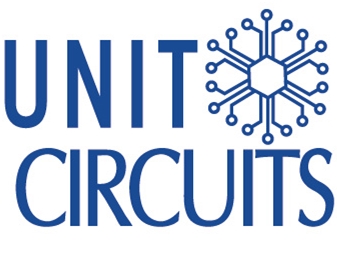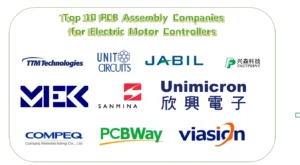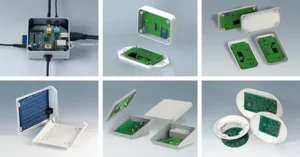Quick Leads
What Do Capacitor Symbols Mean in PCB Design? A Guide for IoT Engineers and PCB Assembly Decision-Makers
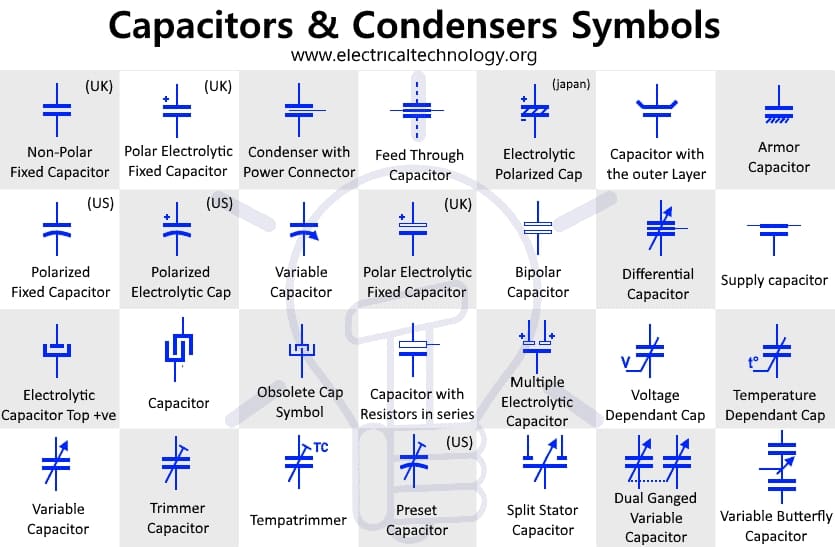
What Are Capacitor Symbols and Why Do They Matter in IoT PCB Design?
When you’re designing for IoT devices, every detail matters, and capacitor symbols are no exception. Capacitors are used to store and release electrical energy, helping regulate voltage, filter signals, and smooth out power supply fluctuations.
For IoT engineers, knowing how to interpret capacitor symbols can make the difference between a smooth design process and a frustrating one. Every capacitor type—whether it’s electrolytic, ceramic, tantalum, or film—has a unique symbol, and understanding them helps you choose the right components for the job. In high-volume PCB assembly, using the correct capacitor ensures that your devices will perform consistently over time, preventing issues like power instability or signal noise that can affect your IoT product’s functionality.
Understanding Electrical Capacitor Symbols – PCBTok
- A detailed guide on reading capacitor symbols, which will help readers better understand their functions in PCB design.
In this section, we’ll break down the importance of these symbols and how they affect your PCB design. For a decision-maker like you, it’s all about minimizing errors in manufacturing, which will save you time, resources, and potentially costly redesigns.
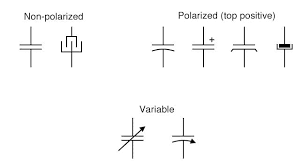
What Are the Different Types of Capacitor Symbols?
Capacitors come in many forms, each suited for specific applications. But how can you tell which one is right for your IoT product? Let’s look at some of the most common capacitor symbols and what they mean for your designs:
1. Electrolytic Capacitors
These are polarized capacitors, which means they must be placed in the correct orientation. The symbol typically features a straight line and a curved line—indicating the positive terminal and negative terminal, respectively. Electrolytic capacitors are used in power supplies and voltage regulation circuits, and they’re often found in IoT devices that require high capacitance values. If you’re working on a device like a smart thermostat or another energy-efficient IoT product, you’ll often need to rely on these.
2. Ceramic Capacitors
Ceramic capacitors are one of the most common in IoT designs due to their small size and ability to handle high-frequency applications. Their symbol typically consists of two parallel lines of equal length, and they’re non-polarized, which makes them easier to use than electrolytic capacitors. Ceramic capacitors are widely used for decoupling and filtering applications, so they’re often found in devices that process signals or need to manage power more efficiently.
3. Film Capacitors
These are highly stable and often used in applications where reliability is key. Their symbol can look similar to a ceramic capacitor, but they are generally used for higher voltage or signal processing applications. Film capacitors are often used in audio circuits or timing circuits, and in IoT products, they help stabilize signals in sensitive components.
4. Tantalum Capacitors
These capacitors are another polarized type and are known for their small size compared to electrolytic capacitors. They’re used for their high capacitance in small packages, making them a good choice for compact IoT devices that still need to manage large amounts of energy. Their symbol is similar to electrolytic capacitors but typically includes additional markings.
Each of these capacitor types has a unique role to play in the design and performance of your IoT devices, so knowing how to read their symbols is an essential skill for any engineer working on PCB assembly.
Capacitor Symbols Explained – NexPCB
- This article breaks down various capacitor symbols used in circuit diagrams, providing valuable context for design engineers.
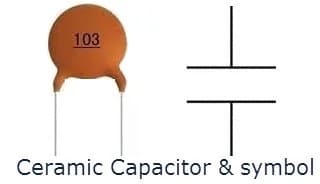
How Do Polarized Capacitors Differ from Non-Polarized Capacitors in PCB Design?
As you work on your IoT designs, understanding the difference between polarized and non-polarized capacitors will save you a lot of headaches.
Polarized Capacitors (like electrolytic and tantalum capacitors) must be placed correctly in a circuit. The symbol will clearly mark the positive and negative terminals. If these aren’t installed in the right orientation, the capacitor could fail or even cause damage to the rest of the circuit. These are typically used in DC circuits, where current flows in one direction.
Non-polarized Capacitors (like ceramic and film capacitors) don’t have polarity, meaning they can be placed in any direction. These are often used in AC circuits, decoupling, and filtering applications where stable, consistent capacitance is required.
If you’re working on an IoT product like Shelly’s smart thermostatic valve, understanding the distinction between these two will ensure that you select the right capacitor for your design’s electrical needs.
How Do PCB Capacitors Work and Why Are They Important? – PCB Hero
- Explains the role and importance of capacitors in PCB design, which is crucial for IoT products and other electronics.
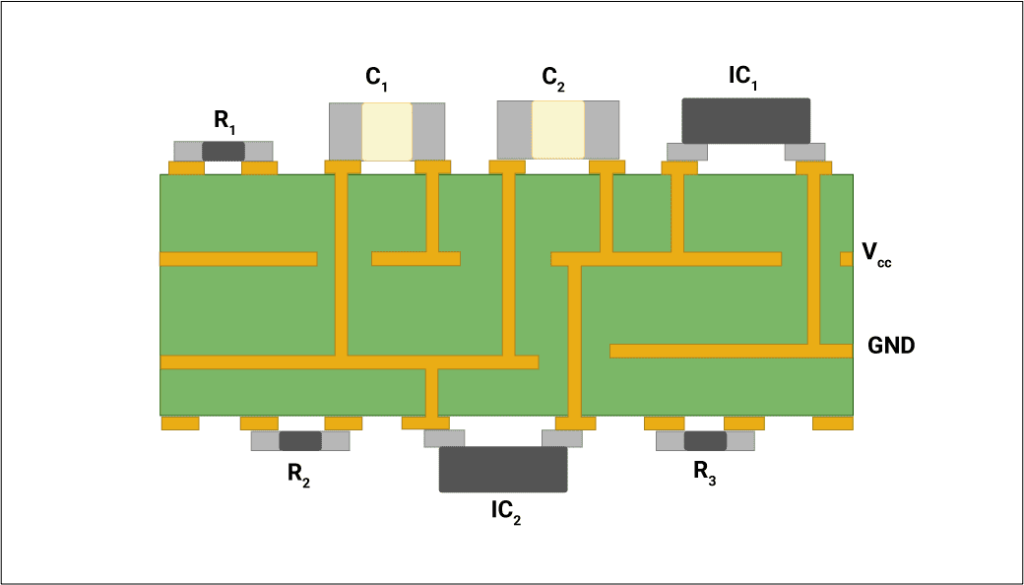
How to Decode Capacitor Markings for PCB Assembly?
When it comes to PCB assembly, selecting the right capacitor involves more than just knowing the symbol. You’ll need to understand the markings on each component to ensure it matches the requirements of your IoT product. Here’s how to decode capacitor markings:
- First two digits: These indicate the value in picofarads (pF). For example, a marking of “104” would indicate a 100nF capacitor.
- Third digit: This is the multiplier, telling you how to adjust the value. In the case of “104,” the third digit (4) means multiplying by 10,000 (or 10^4), so you end up with 100nF.
- Voltage rating: Capacitors will also be labeled with a voltage rating (e.g., 25V), which indicates the maximum voltage the capacitor can safely handle. If you’re designing a high-voltage IoT device, be sure the voltage rating is suitable for your circuit.
By decoding these markings correctly, you can avoid costly mistakes when sourcing components for high-volume production.
Why Capacitor Symbol Understanding Is Essential for High-Volume IoT Manufacturing
When you’re manufacturing high-volume IoT products, errors in capacitor selection or placement can be costly. Even small mistakes can lead to circuit failures, delays in production, and ultimately, unreliable products.
Understanding capacitor symbols isn’t just about reading a diagram—it’s about optimizing your design for both performance and manufacturability. By understanding the different capacitor types and their symbols, you can choose components that will not only work well in your prototype but will also be easy to scale for mass production.
For IoT manufacturers like Shelly, which rely on high-volume production, ensuring that your capacitors are correctly specified and placed is crucial to making sure your products meet performance standards and production timelines.
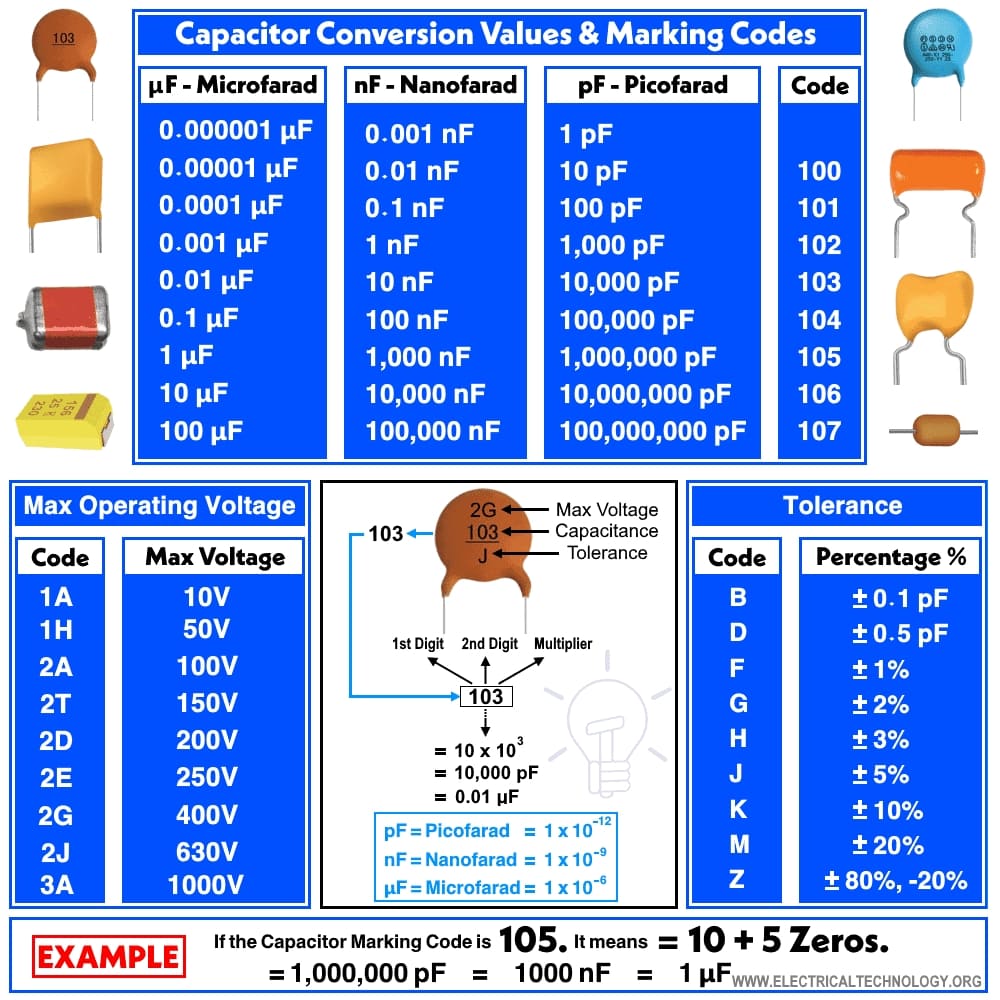
How Can Incorrect Capacitor Selection Impact the Reliability of IoT Products?
The impact of incorrect capacitor selection can be felt in both the short-term and long-term performance of your IoT product:
- Power Instability: Choosing a capacitor with the wrong voltage or capacitance rating can lead to power regulation issues, causing the device to behave unpredictably or fail under load.
- Signal Noise: If capacitors aren’t selected correctly, they can’t filter or stabilize signals properly, which can lead to poor performance or interference in sensitive circuits.
- Overheating: Installing a capacitor with too low a voltage rating can cause it to overheat, potentially damaging the circuit and other components in the device.
To avoid these problems, it’s essential to know how to choose the right capacitor for each part of your circuit and design your PCB layout accordingly.
How Do You Choose the Right Capacitor for Your IoT PCB Assembly Project?
Choosing the right capacitor isn’t just about picking one that fits the symbol—it’s about understanding your circuit’s specific needs. Here’s how to choose the best capacitors for your IoT design:
- Capacitance Value: Match the capacitor’s value to the power regulation or signal filtering requirements of your device.
- Voltage Rating: Ensure the capacitor can handle the maximum voltage in your circuit, plus a safety margin.
- Size and Form Factor: Make sure the capacitor fits the available space on your PCB without compromising performance or manufacturability.
With the right capacitors, your IoT devices will be more reliable, more efficient, and ready for high-volume production.
What Size Capacitor Should I Use? – Cadence
- This blog provides insights into selecting the right capacitor for PCB designs, discussing factors like capacitance, voltage, and size.
FAQs
Understanding capacitor symbols helps you select the right components for your circuit, ensuring better performance, reliability, and fewer design errors during high-volume manufacturing.
Not exactly! Different capacitors are suited for different applications, so choosing the right one for power regulation, signal filtering, and noise reduction is crucial to maintaining the device's functionality.
Consider factors like the required capacitance value, the voltage rating of the capacitor, and the size constraints of your PCB. Understanding the different capacitor types will guide you to the right choice.
Incorrect placement, especially with polarized capacitors, can lead to circuit failures, overheating, or even permanent damage to your IoT device. Proper placement and symbol interpretation are key to a successful design.
Limited Time Offer:
Get $100 off your order TODAY!
 Trusted by 100+ businesses worldwide
Trusted by 100+ businesses worldwide No hidden fees – transparent pricing
No hidden fees – transparent pricing Guaranteed quality with on-time deliver
Guaranteed quality with on-time deliverSummary
Incorporating the correct capacitors into your IoT PCB assembly is essential for creating reliable, scalable products. By understanding capacitor symbols, selecting the right types, and ensuring proper installation, you’ll enhance the performance of your designs and reduce costly errors. Ready to start designing your next high-volume IoT product? Let’s talk and get your PCB assembly project off the ground!
Have Specific Requirements?
We’re here to help! Whether it’s a custom PCB design, assembly, or sourcing components, feel free to reach out to us directly. Our team is ready to provide tailored solutions for your project. Contact Us Today for more information.Additional Resources:
- How to Repair Circuit Boards: A Step-by-Step Beginner’s Guide
- Capacitor on Circuit Board: A Comprehensive Guide
- What Are PCB Conformal Coatings? Types, Benefits, and Applications Explained
- SMD Size Codes Explained: A Complete Guide to Understanding Surface-Mount Component Dimensions
- AC vs DC: Key Differences, Applications, and Advantages in Modern Electronics
Request for Quote
RECENT POSTS

Top 12 PCBA Manufacturers with Turnkey & Global Logistics Services [2025]
Looking for a reliable turnkey PCBA manufacturer in 2025? Discover 12 top providers with global

Box build vs PCB assembly – What’s the difference?
Understand the difference between PCB assembly and box build—explore turnkey solutions that integrate testing, wiring,
RELATED POSTS
Leading PCBA Manufacturer
✅ Assemble 20 PCBAS for $0 ✅ Get $100 OFF – Risk-Free Trial!
✅ 100+ Satisfied Customers
✅ Ensured Quality & On-Time Delivery
✅ Free Trial, No Commitments!
